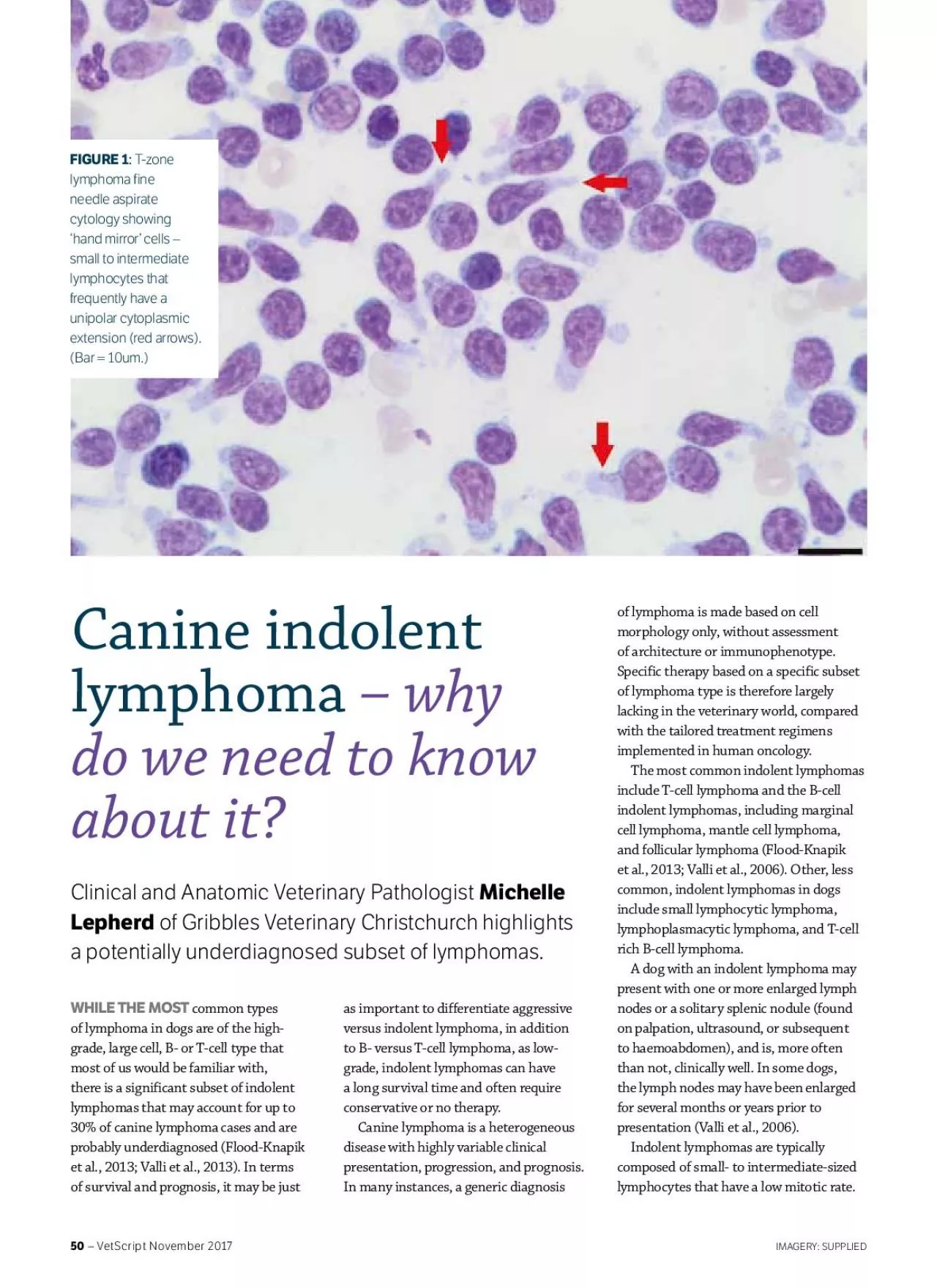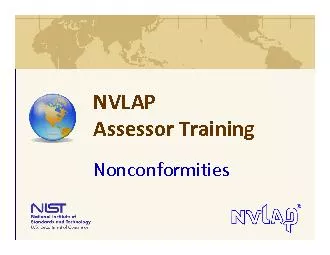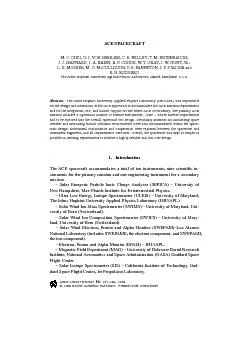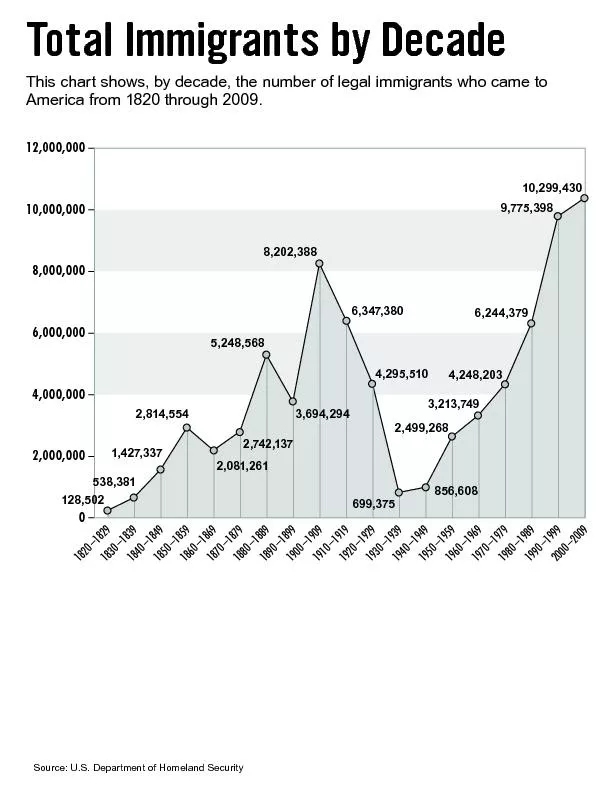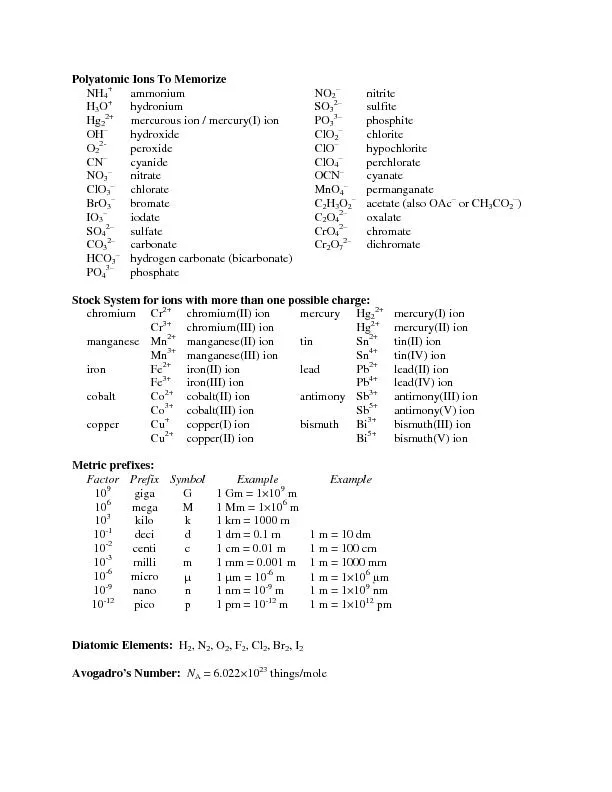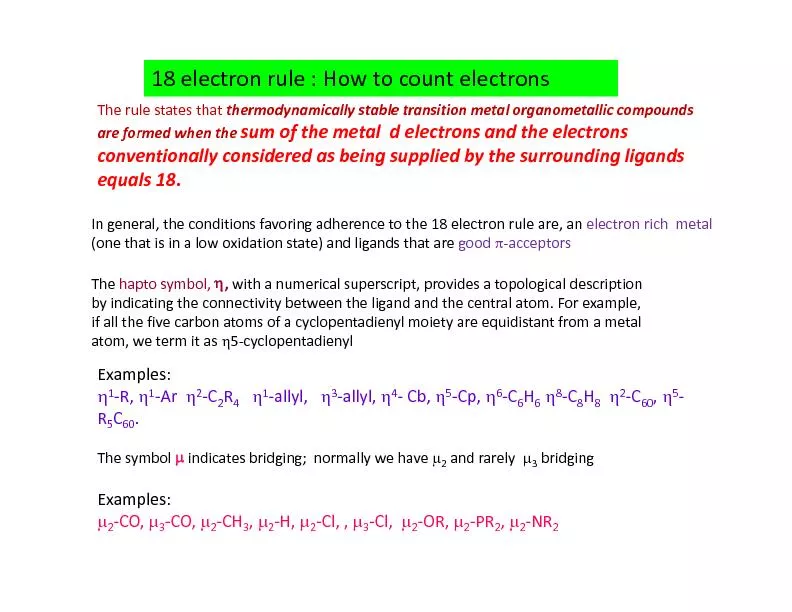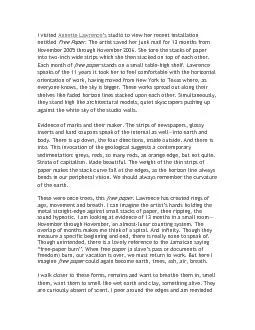PDF-VetScript November 2017 150
Author : roberts | Published Date : 2022-10-28
They can be mistaken for lymphoid hyperplasia or a reactive lymph node on fine needle aspirate FNA cytology as they lack the significant numbers of large lymphocytes
Presentation Embed Code
Download Presentation
Download Presentation The PPT/PDF document "VetScript November 2017 150" is the property of its rightful owner. Permission is granted to download and print the materials on this website for personal, non-commercial use only, and to display it on your personal computer provided you do not modify the materials and that you retain all copyright notices contained in the materials. By downloading content from our website, you accept the terms of this agreement.
VetScript November 2017 150: Transcript
Download Rules Of Document
"VetScript November 2017 150"The content belongs to its owner. You may download and print it for personal use, without modification, and keep all copyright notices. By downloading, you agree to these terms.
Related Documents

